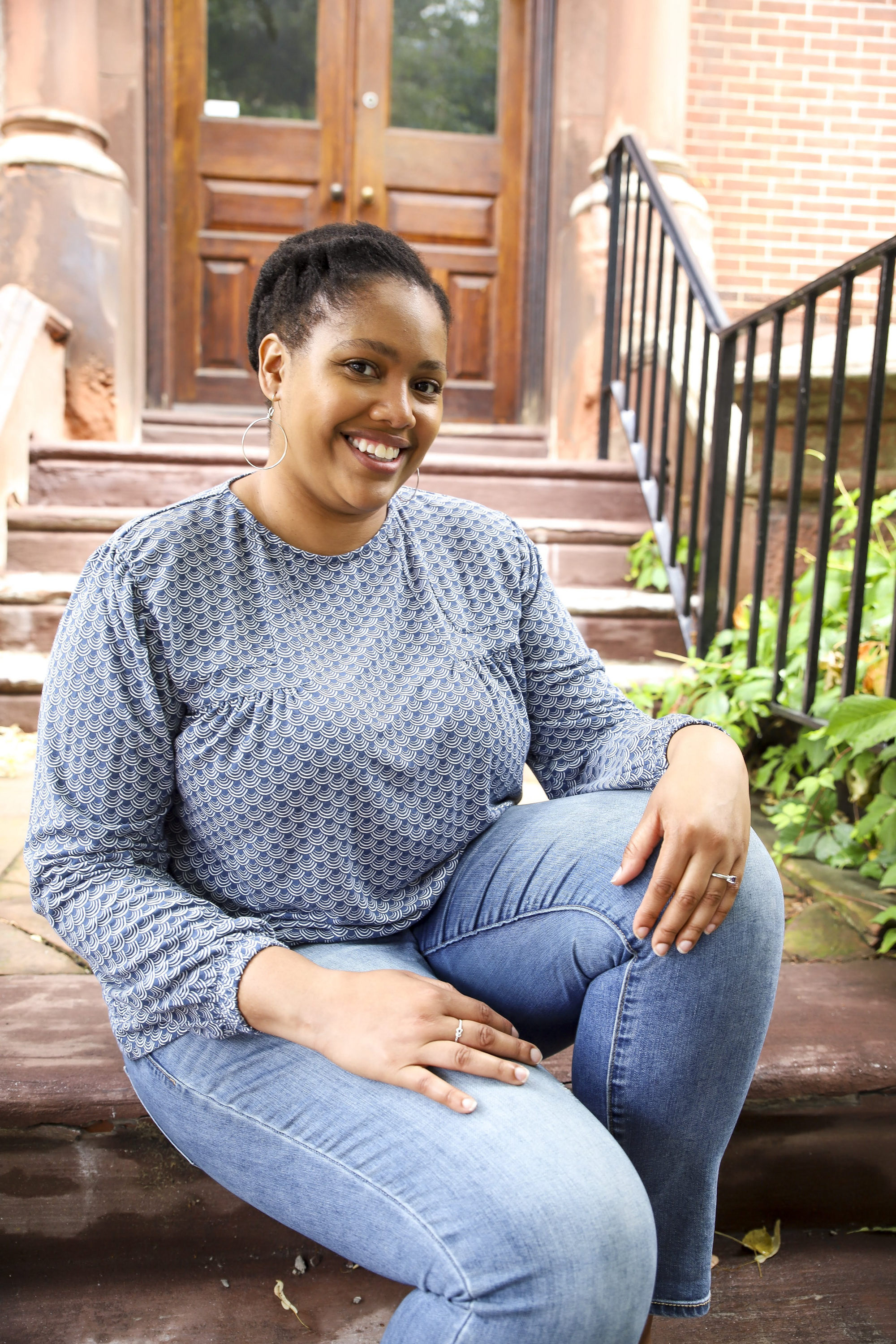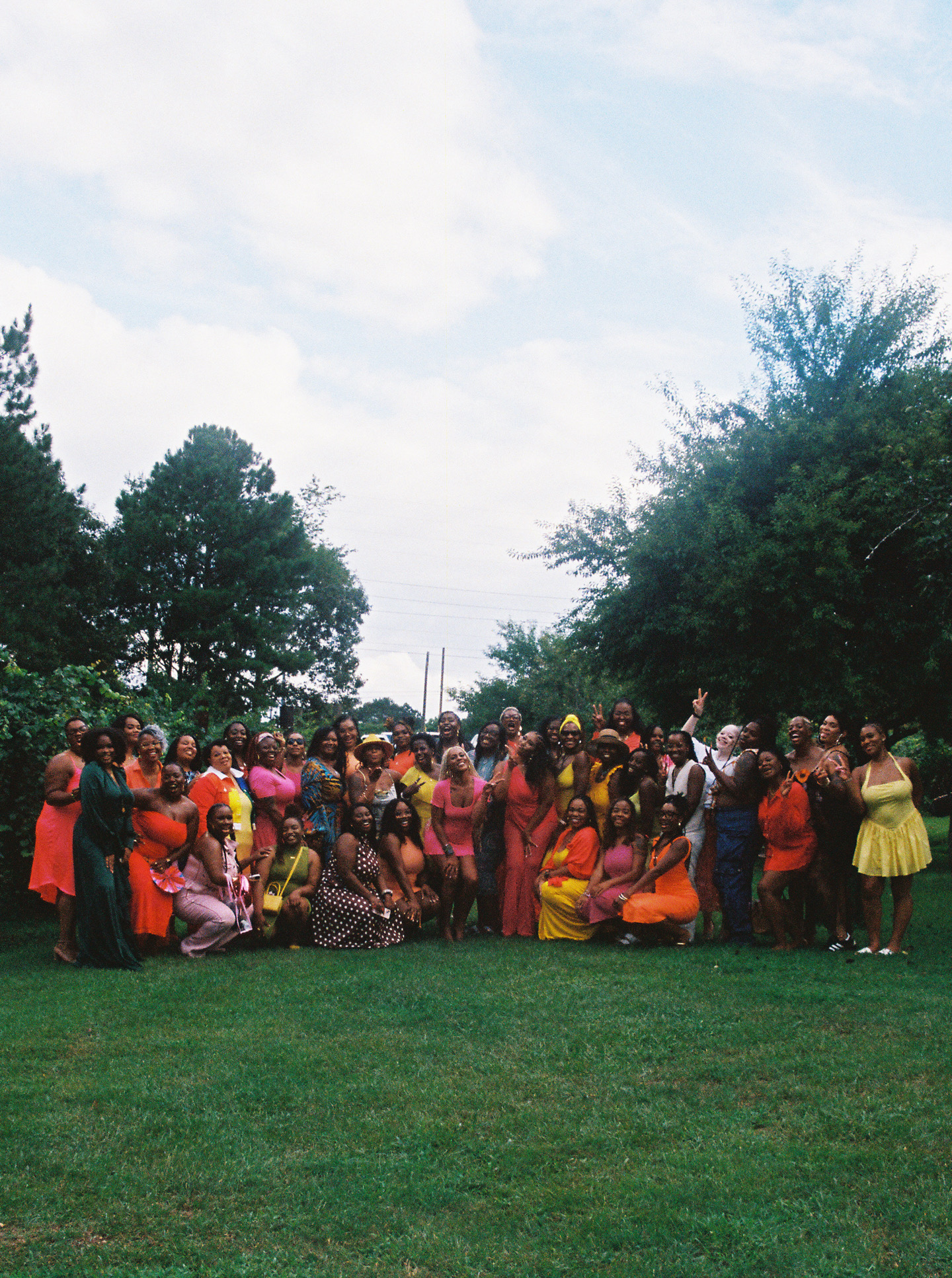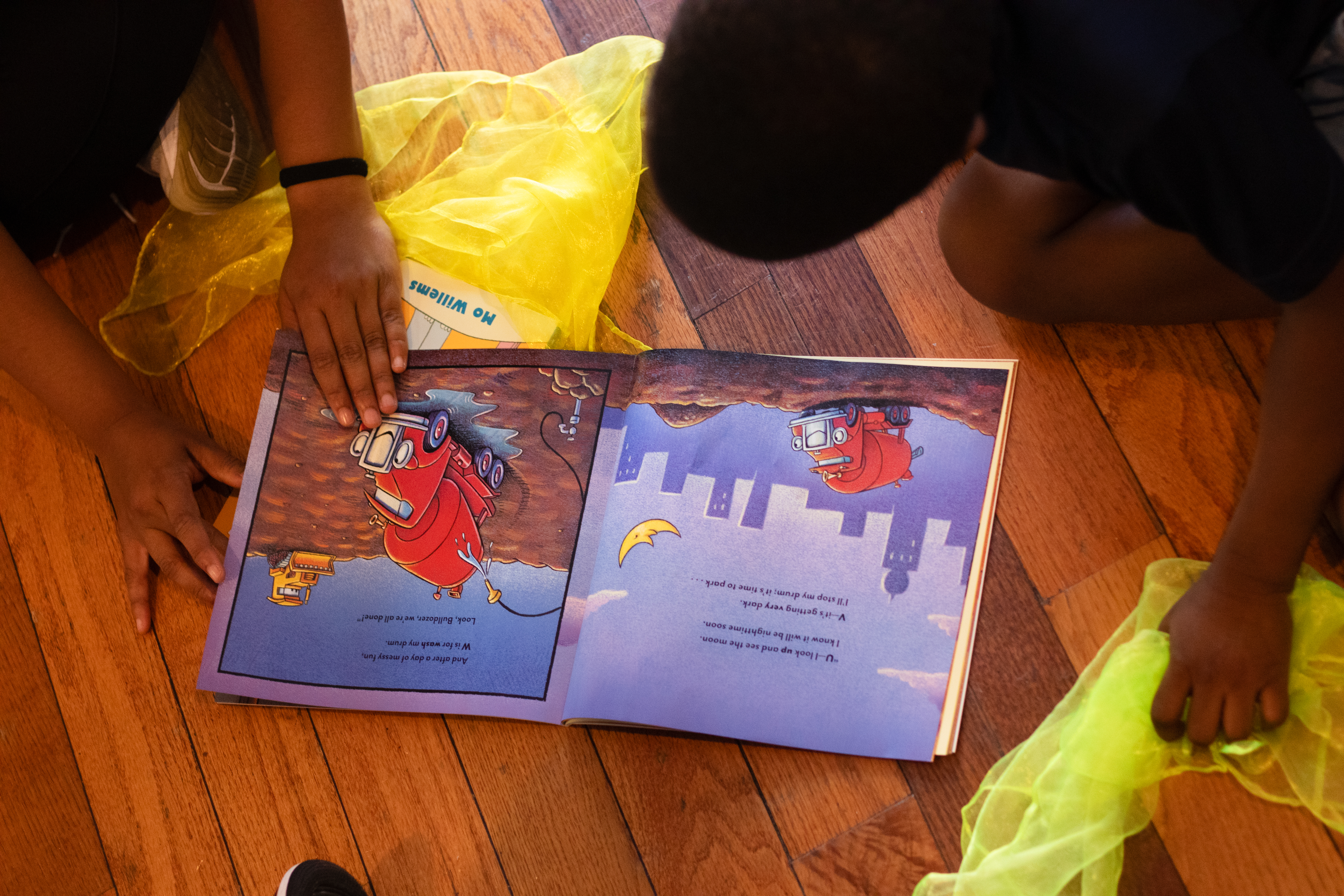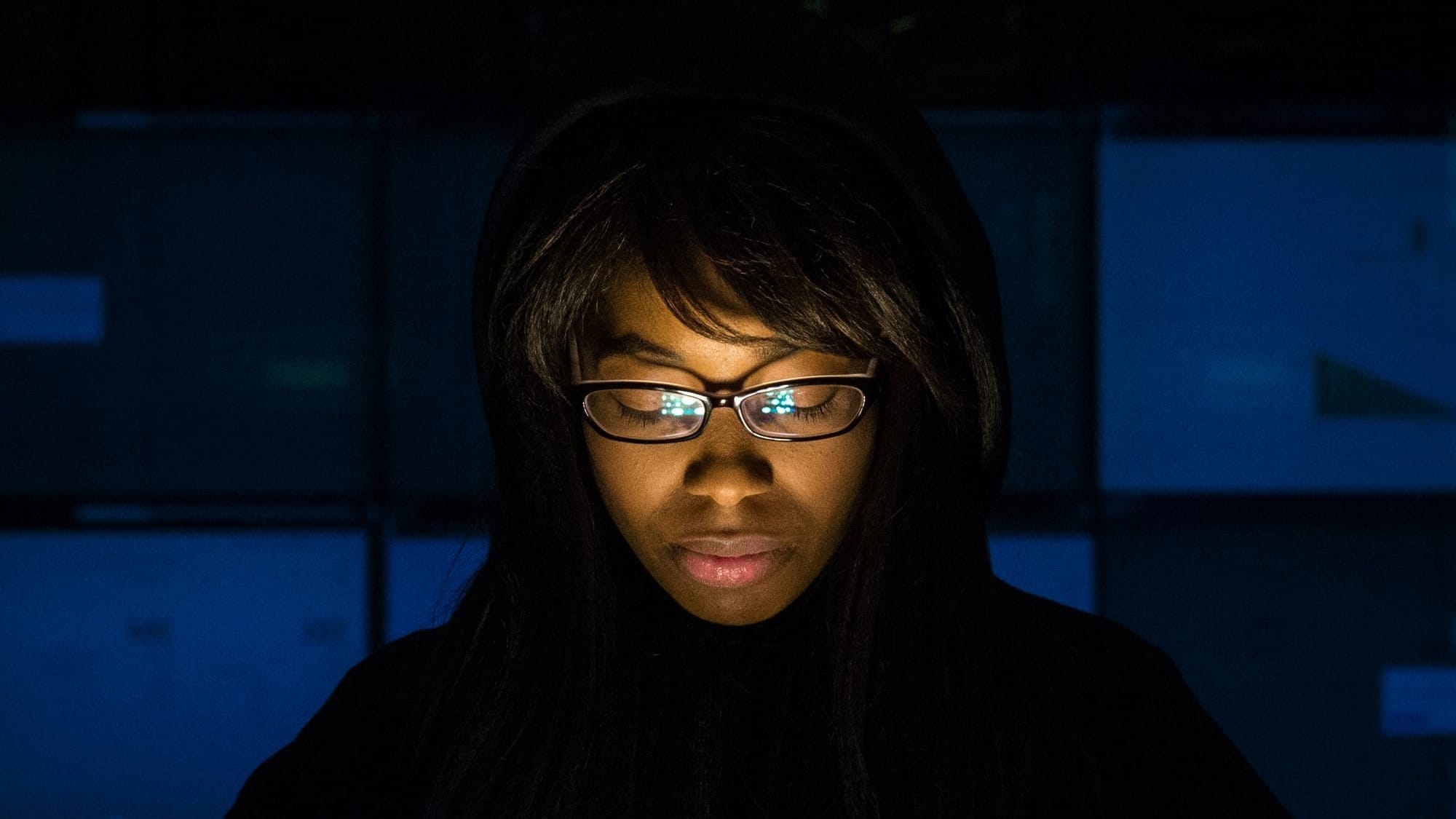The Bones Cry Out: 40 Years After The MOVE Bombing, Victims and Their Families Deserve Justice
I was 3 months old when Philadelphia Police dropped a bomb from a helicopter on the residential neighborhood of Cobbs Creek. May 13th, 1985 at 5:27pm
I was 3 months old when Philadelphia Police dropped a bomb from a helicopter on the residential neighborhood of Cobbs Creek. May 13th, 1985 at 5:27pm. Beginning the day before, Mother’s Day, a violent exchange between the Africa family of the MOVE Black Liberation movement, and officers resulted in over ten-thousand rounds of ammunition used by police. Following the stalemate standoff with the, city leaders decided it would be better to bomb their home on Osage Avenue, a row home.
In a stunning example of police brutality and excessive force and despite being warned by experts on the harm that action could cause, Philadelphia’s Police Department dropped a bomb onto the row house where the Africa family lived on Osage Avenue. The decision would take the lives of eleven people, including five children. As for the neighborhood, 250 people were left homeless, their 61 homes were lost to the flames. An entire Philadelphia neighborhood was traumatized, many, 40 years later, still haven’t recovered.
A task force following the bombing would determine what we already knew; that the city’s actions were “grossly negligent”and their decision to burn the Osage Avenue home was “unconscionable”.
Yet there remains no peace for the Africa family, even four decades later. Many of their descendants are still embroiled in legal battles.
Worse, not all of the victims of the bombing have been discovered or laid to rest. The Penn Museum, following a recent comprehensive inventory analysis, has discovered even more bones of MOVE bombing victims in their possession. Yes, even more. In 2022, the museum along with Princeton University released the remains of those lost to the bombing after thirty seven years in its possession. The institutions held onto these remains without the knowledge of the Africa family.
This was not even the first time the remains of MOVE bombing victims were desecrated. In 2021, Philadelphia’s Medical Examiner’s office desecrated the remains of the bombings youngest victims. Mothers of the youngest victims of the bombing, who at the time of the bombing were in prison, didn’t learn of the remains of their children until news broke over thirty years later.
In 2017, the city’s medical examiner’s office, under the direction of former Health Commissioner Dr. Thomas Farley ordered the remains left in their possession “cremated and disposed of.” Farley was forced to resign in 2021. Following his resignation, in a stunning revelation, the office revealed that the remains were indeed not cremated nor disposed of, but were kept.
These are only a few examples of how MOVE victims and the Africa family have been treated over the last forty years. Mothers who were incarcerated at the time were told of their children’s death with no compassion. A single sentence and a sneer, as described by those women, was how the worst news a mother could hear from anyone was how the news was delivered. Each of those mothers only recently learned of their own children’s remains being kept by universities or desecrated by their own city’s medical examiners.
But the question remains, why did these organizations have these remains? What value do the remains of Black children mean to these institutions rather than to their families? Why all of this time?
Possessing the remains and fragments of people for display purposes is not new. In the brutality of enslavement and Jim Crow, violent mobs used to take pieces of lynching victims bodies as souvenirs. They would bring their children and a packed lunch to observe the brutal murder of Black people, many who couldn’t collect an ear or a finger would collect postcards from such events.
Having the remains of this bombing’s victims, literal children, in their possession feels akin to that practice. The lack of respect or reverence for these victims and this family feels like the lack of respect those lynching victims. It feels so similar. So horrific. So inhumane. Black people, Black bodies, submitted to a fate so horrific, even what remains of them cannot be put to rest but remained in collections and on dusty shelves for decades, away from the love and reverence their own family would provide if given the chance.
These victims and their families are owed a great debt. They are owed reverence. They are owed respect. Lives snatched away by explosions and flames, futures snuffed out due to excessive force and a lack of humanity, who at the very least deserve a proper burial, have been denied that rite for decades.The bones cry out. The whispers of these slain call for justice, demand peace, and deserve reunification with those who loved them. As we tell the story of MOVE in this city, may we never forget those so horribly taken, whether by the fury of the flames or the inhumanity of institutions. They are the true toll of the entire disaster.





